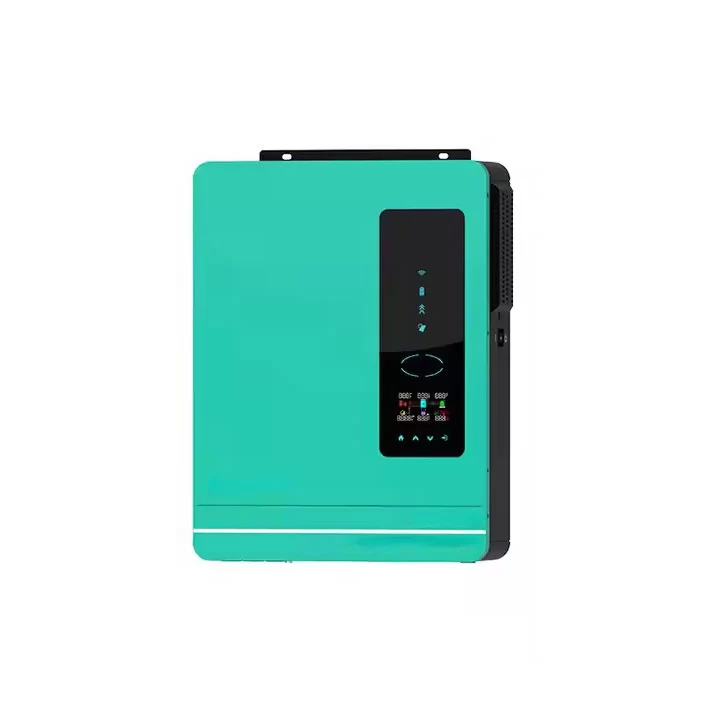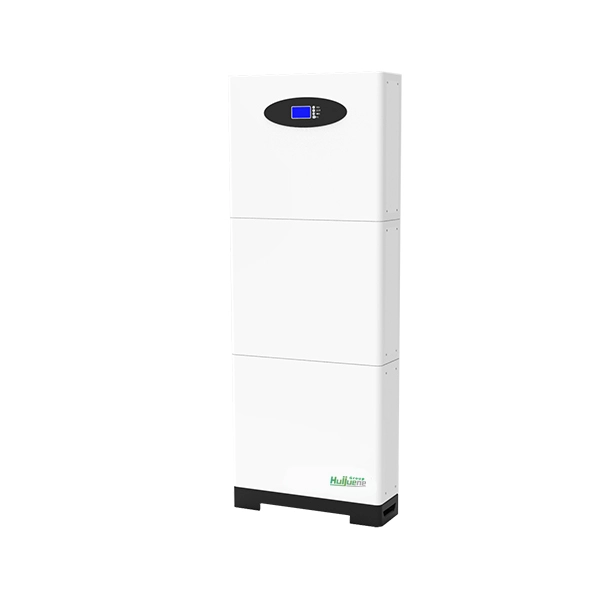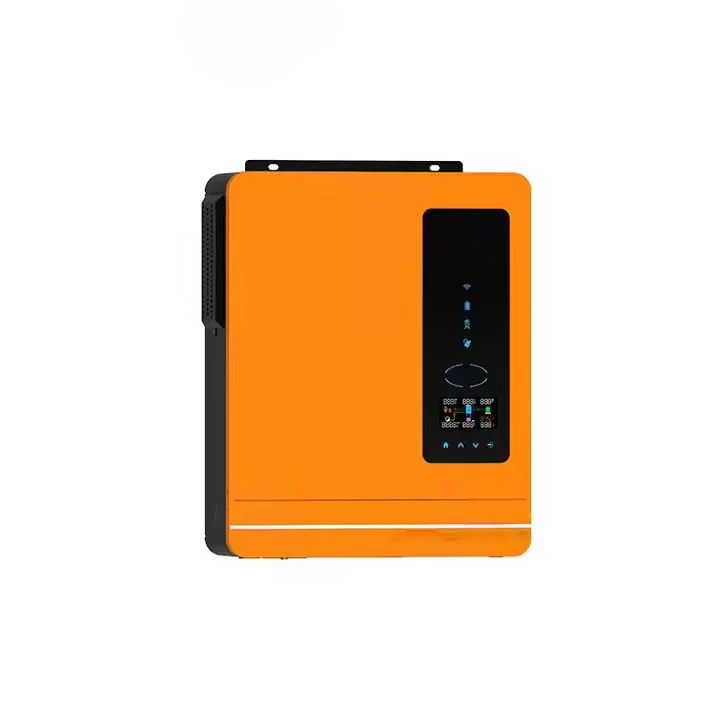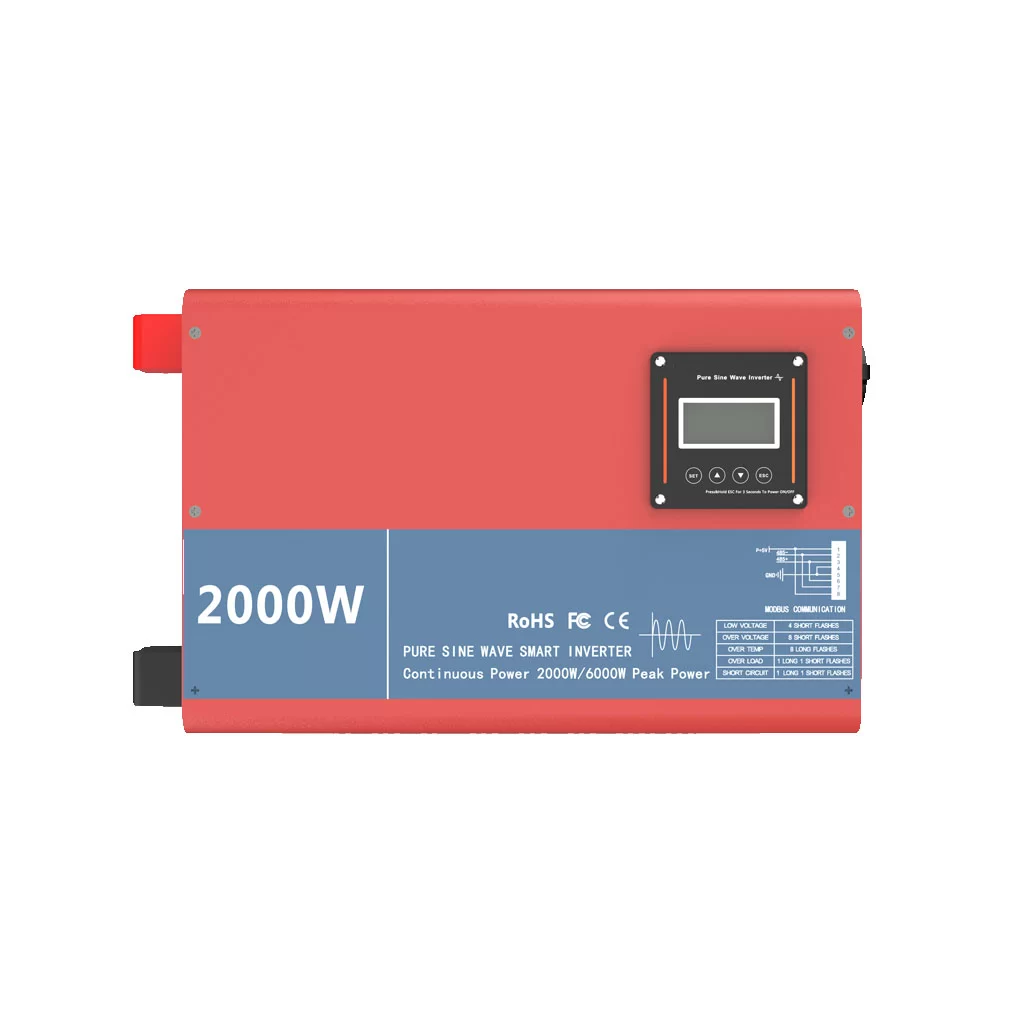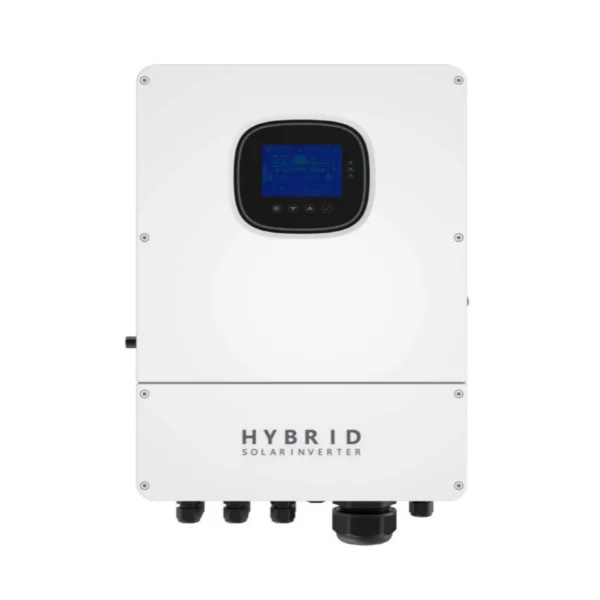Get A Quote Now!
Battery State of Health Estimation: Techniques and Importance
Battery State of Health Estimation (SOH) is a crucial process in the management and maintenance of batteries, especially in applications such as electric vehicles, renewable energy storage systems, and portable electronic devices. The SOH provides insights into a battery’s current capacity and performance relative to its initial state when it was new, indicating how much longer the battery can perform efficiently. This article explores various techniques for estimating the Battery State of Health, the importance of accurate SOH esti

Understanding Battery State of Health (SOH)
What is Battery State of Health?
Battery State of Health (SOH) is a measure of the condition of a battery compared to its ideal or new state. It reflects the battery’s ability to store and deliver energy as it ages, taking into account factors such as capacity loss, internal resistance increase, and chemical degradation. A battery with a high SOH will perform close to its original specifications, while a low SOH indicates diminished performance.
Key Factors Influencing SOH
- Capacity Fade: The gradual reduction in the amount of charge a battery can hold.
- Internal Resistance: An increase in internal resistance can lead to greater heat generation and reduced efficiency.
- Self-Discharge Rate: Higher self-discharge rates can reduce battery efficiency and lifespan.
- Temperature Effects: Extreme temperatures can accelerate battery degradation, affecting SOH.
Techniques for Battery State of Health Estimation
1. Direct Measurement Methods
Direct measurement methods involve measuring the battery’s physical and chemical properties to estimate its SOH. These methods include:
- Coulomb Counting: This method measures the charge input and output of a battery to calculate its capacity. While effective in controlled environments, it can be inaccurate over time due to cumulative errors.
- Electrochemical Impedance Spectroscopy (EIS): EIS measures the impedance of a battery over a range of frequencies, providing insights into the internal resistance and overall health of the battery. It is a highly accurate method but requires specialized equipment.
2. Indirect Measurement Methods
Indirect methods use algorithms and models to estimate SOH based on observable parameters, such as voltage, current, and temperature:
- Model-Based Estimation: This approach uses mathematical models to simulate battery behavior under different conditions. By comparing real-time data with model predictions, it can estimate the SOH. Examples include equivalent circuit models and thermal models.
- Machine Learning Techniques: Machine learning algorithms, such as neural networks and support vector machines, analyze large datasets of battery performance to predict SOH. These methods can adapt to various battery chemistries and usage patterns, making them highly versatile.
3. Data-Driven Approaches
Data-driven approaches rely on historical data and statistical methods to estimate SOH:
- Kalman Filter: This is a recursive algorithm that estimates the state of a dynamic system from a series of incomplete and noisy measurements. In battery SOH estimation, it is used to predict future battery behavior based on past performance.
- Particle Filter: Similar to the Kalman Filter, but more flexible in handling non-linear and non-Gaussian systems, making it suitable for complex battery models.
Importance of Accurate SOH Estimation
1. Enhancing Battery Safety
Accurate Battery State of Health Estimation is critical for ensuring battery safety. By predicting potential failures or degradation early, SOH estimation helps prevent dangerous situations like thermal runaway, which can lead to fires or explosions in lithium-ion batteries.
2. Maximizing Battery Lifespan
By continuously monitoring and optimizing battery usage based on SOH, users can extend the lifespan of batteries. This is particularly important in applications where battery replacement is costly or logistically challenging, such as in electric vehicles or remote energy storage systems.
3. Optimizing Performance and Efficiency
SOH estimation allows for adaptive battery management strategies that can optimize charging and discharging cycles, reduce energy losses, and improve overall system efficiency. This is crucial in renewable energy systems, where maximizing the efficiency of energy storage can significantly impact the viability of the entire system.
4. Cost Savings and Environmental Impact
Prolonging battery life and preventing premature failure not only reduces replacement costs but also minimizes the environmental impact associated with battery disposal and recycling. Efficient battery management through SOH estimation is an essential part of sustainable energy practices.
Challenges in Battery State of Health Estimation
1. Variability in Battery Chemistries
Different battery chemistries (e.g., lithium-ion, nickel-metal hydride) have distinct degradation mechanisms, which can complicate SOH estimation. Techniques that work well for one chemistry may not be applicable to another, requiring tailored approaches for accurate estimation.
2. Environmental and Operational Factors
Environmental conditions, such as temperature and humidity, as well as operational factors like charge-discharge rates and usage patterns, can significantly affect SOH. Estimation methods need to account for these variables to provide accurate and reliable results.
3. Data Availability and Quality
Accurate SOH estimation relies on high-quality data from battery management systems (BMS). Incomplete, noisy, or inaccurate data can lead to poor estimations and suboptimal battery management decisions.
Future Trends in Battery State of Health Estimation
1. Integration of AI and IoT
The integration of artificial intelligence (AI) and Internet of Things (IoT) technologies into battery management systems is paving the way for more sophisticated SOH estimation methods. AI algorithms can learn from vast datasets, improving their accuracy over time, while IoT devices can provide real-time data for continuous monitoring.
2. Development of Standardized Protocols
As the demand for reliable battery systems grows, there is a push towards developing standardized protocols for SOH estimation. These standards will help ensure consistency and accuracy across different applications and industries.
3. Advancements in Sensor Technology
Innovations in sensor technology are enhancing the capability of SOH estimation methods. Advanced sensors can provide more detailed and accurate data on battery conditions, improving the precision of SOH estimations.
Conclusion
Battery State of Health Estimation is a critical component in modern battery management, providing valuable insights that help extend battery life, ensure safety, and optimize performance. As technology advances, more sophisticated methods and tools for SOH estimation are being developed, paving the way for more efficient and sustainable energy storage solutions. To explore how our advanced battery monitoring solutions can benefit your applications, visit our battery management solutions page for more information.

